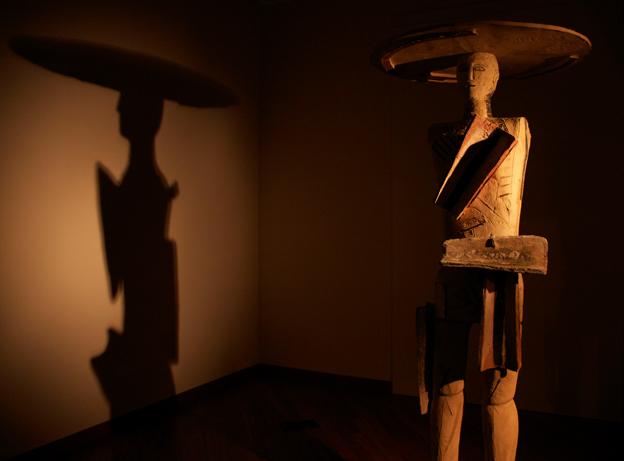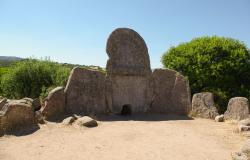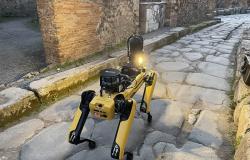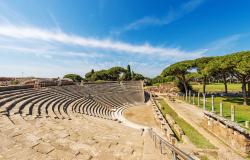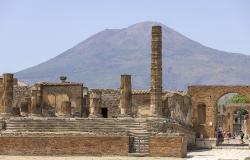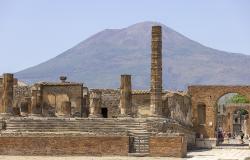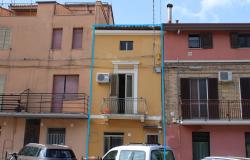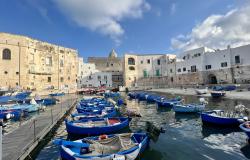Standing at just over two metres tall is the oldest archaeological find in Abruzzo, a mysterious statue that was discovered in 1934 near the town of Capestrano in the L’Aquila area. Known as the Capestrano Warrior and now housed in the Abruzzo National Archaeological Museum, it is unequivocally deemed to be the most important relic dating back to an early Abruzzese-Italic civilisation.
The discovery site had already given up several other relics that pointed to the presence of a possible burial ground when Giuseppe Moretti discovered two large pieces of stone that turned out to be the two halves of this imposing statue.
The statue dates back to the early 6th century BC and belongs to an ancient civilisation that flourished in the north-east of Italy, the Piceni. Standing upon a formidable stone base, it is made up of stone and marble with two vertical rods buried within it to keep it upright. The outside bears traces of paint that point to it originally having been decorated.
The statue is shrouded in mystery and, despite examination by many experts, there is still very little known about the warrior. Its discovery sparked heated debate because outside of Greek and Etruscan finds, there has never been any other comparable discovery in Italy.
It is believed the statue served a funerary purpose and, although the body is undefined, it is imposing and gives the impression of strength and a physically fit human. Adorned with armour which in comparison is very detailed and carrying weapons, it exudes strength without appearing menacing.
The armour consists of a decorated tunic with a round breastplate fastened by belts, and a similar plate is on his back, but due to their size, it is suggested that these are more than likely symbolic ornaments rather than a means of protection.
Flanked on two sides by posts with spears carved into the stone, his arms are crossed across his body holding a dagger, a small axe and a sword decorated with animal figures. On his head sits a wide brimmed hat, similar in size to a Mexican sombrero, which experts believe to be part of a crested parade helmet. The face is masked and some scholars believe this to be part of the helmet, whilst others think it could be a funerary mask similar to those worn by the Mycenaean people.
Part of the statue’s mystery comes from the obscure inscription on the hat that has yet to be deciphered; a further inscription on the left strut appears to be the artist’s mark, making it one of the earliest in history and, although still under review, scholars’ believe the translation to read, ‘Me, a beautiful image made Aninis (the sculptor) for King Nevio Pompuledio’.
Because of the magnificence and mystery surrounding the Capestrano Warrior, a separate museum space was created for him by the artist Mimmo Palladino in the Villa Frigeri, which houses the Museo Archeologico Nazionale d'Abruzzo (National Archaeology Museum of Abruzzo).
The museum is open daily from 09:00 am to 07:00 pm and is situated at Villa Frigeri, Via Villa Comunale, 3, 66100 Chieti.
